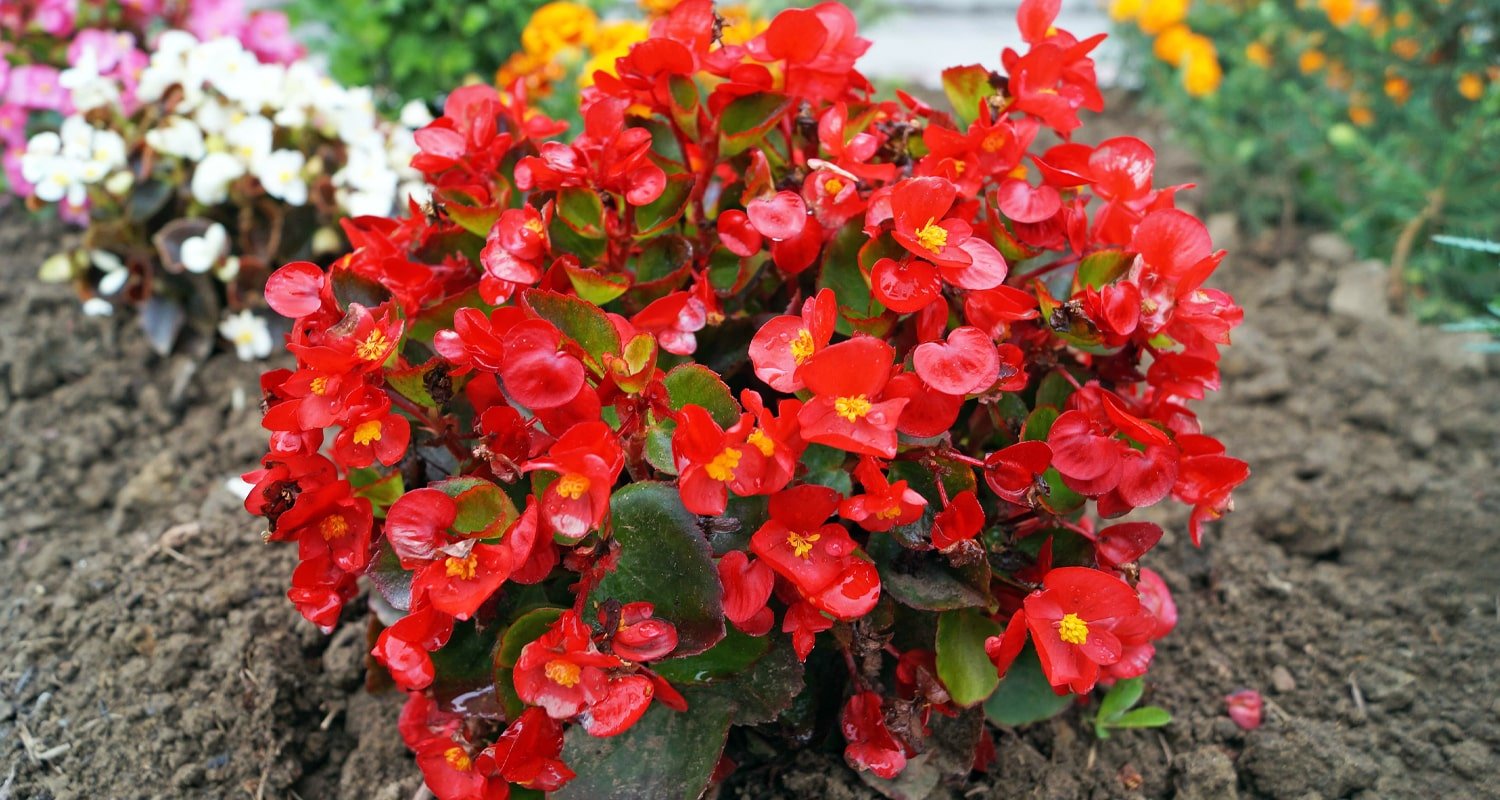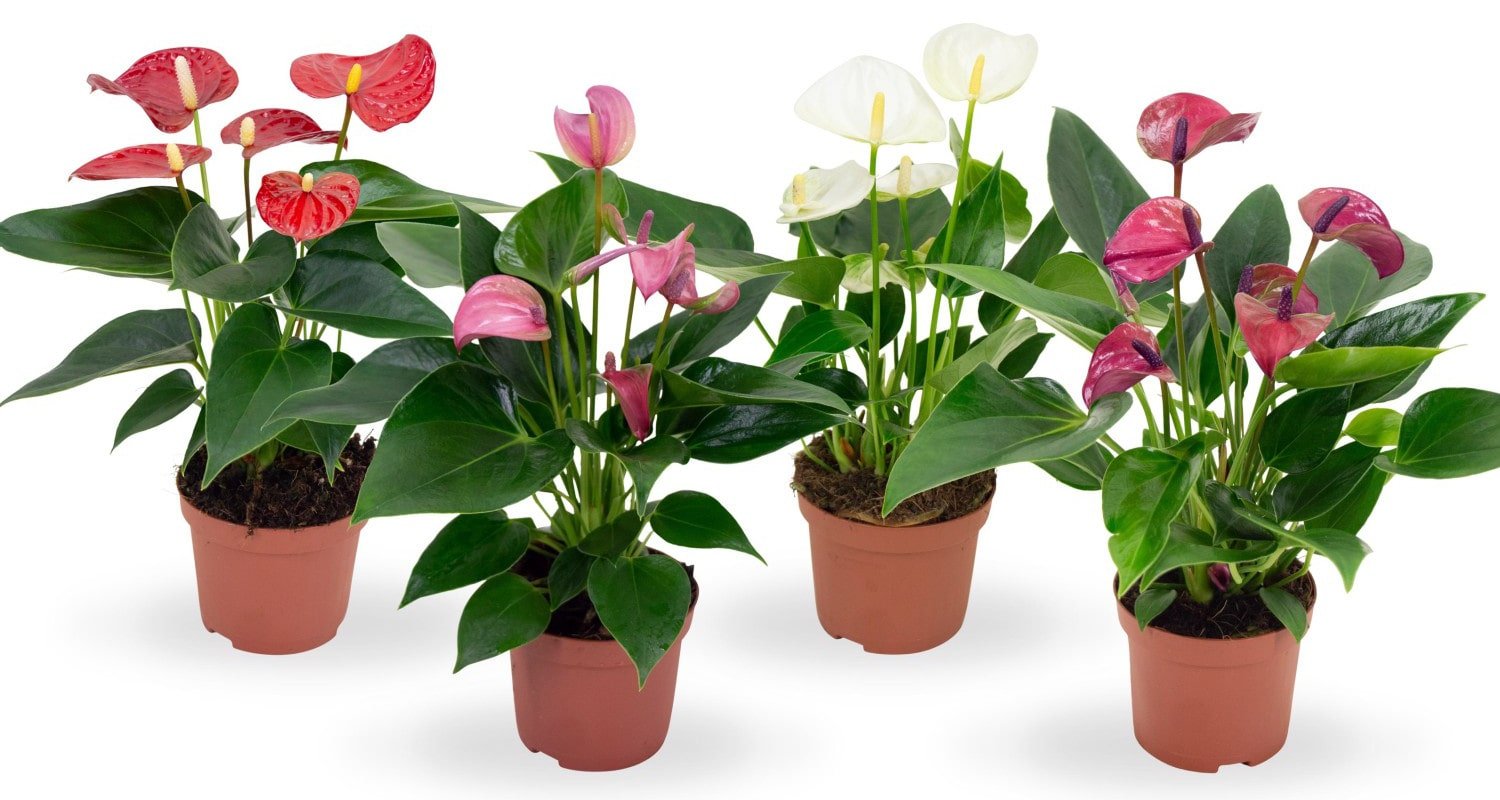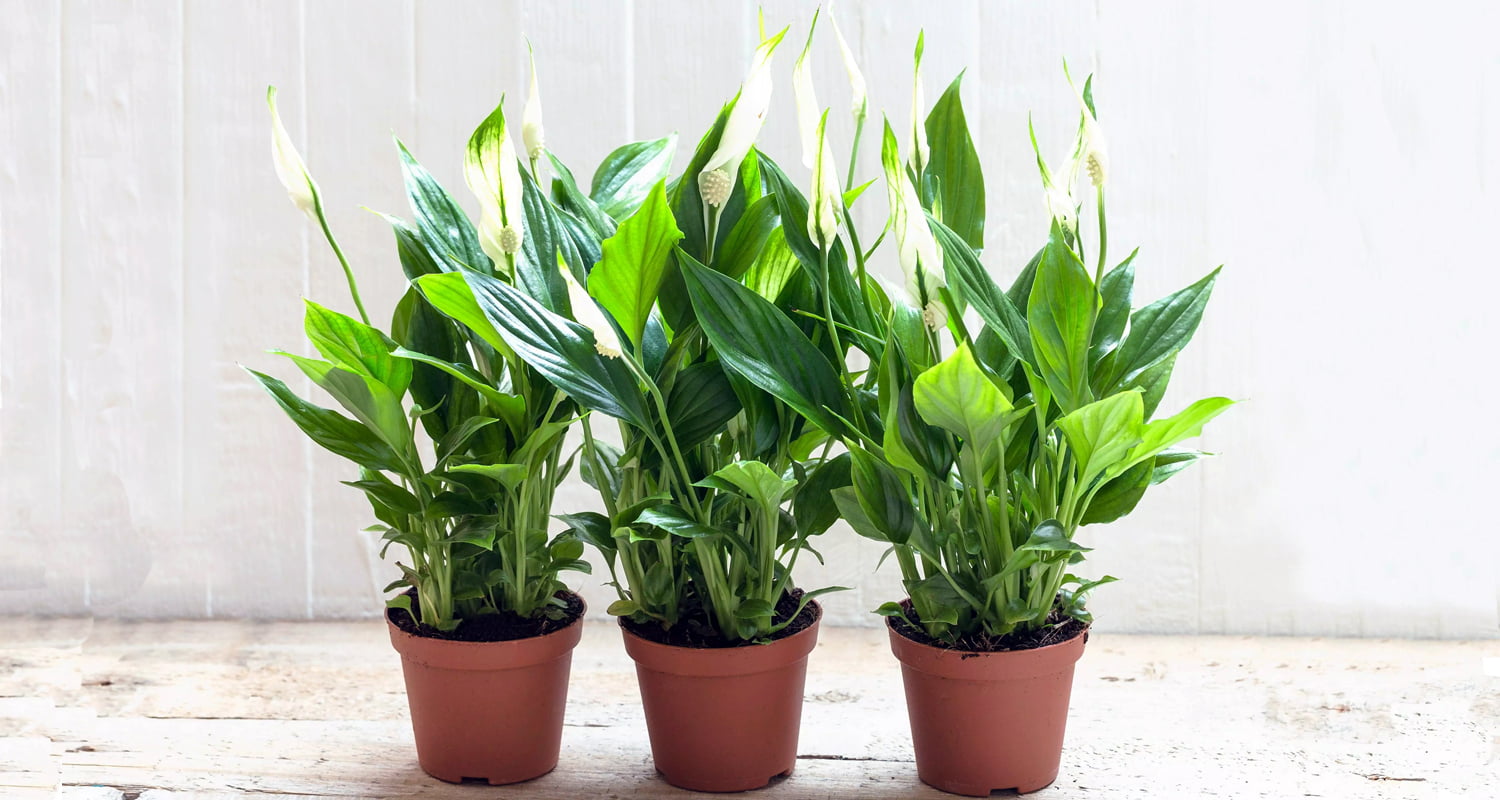Spider Plant – Chlorophytum Comosum
The Spider Plant, scientifically named Chlorophytum comosum, has gained widespread popularity as a beloved houseplant due to its attractive foliage and effortless maintenance. Here is a comprehensive guide to all you need to know about Spider Plants:
Appearance:
Spider Plants feature long, arching leaves that are green with white stripes or variegations, giving them a unique and striking appearance. The leaves grow in clusters from a central rosette, reaching lengths up to several feet.
Easy Care:
Spider Plants are renowned for their resilience and adaptability, ideal for beginner and experienced gardeners. They are forgiving plants that can tolerate a wide range of growing conditions and are known for their ability to thrive even in neglect.
Light Requirements:
Spider Plants prefer bright, indirect light but can also tolerate lower light conditions. To protect the foliage from scorching, avoiding exposing Spider Plants to direct sunlight is advised. They are well-suited for indoor spaces and can be placed near windows or in well-lit areas of the house.
Watering:
These plants have moderate watering needs. To ensure the perfect soil moisture balance for your Spider Plant, let the top inch of soil dry out completely before the next watering. When watering, ensure thorough saturation while ensuring proper drainage to avoid waterlogging. Overwatering can lead to root rot, so striking a balance and avoiding waterlogged soil is essential.
Propagation:
Spider Plants are straightforward to propagate. They produce long, trailing stems with small plantlets known as “siderites” that can be rooted in water or planted directly into the soil. These plantlets can be separated from the mother plant and grown into new individual plants.
Air Purifying Qualities:
It is one of the best houseplants in your home because it tops NASA’s air-purifying plant list. Spider Plants are known for their air-purifying properties. They can help remove harmful significant amounts of toxins, such as benzene, formaldehyde, trichloroethylene and xylene, from the air, making them a beneficial addition to indoor spaces.
Pet-Friendly:
Spider Plants are considered safe for pets and are non-toxic to cats and dogs. However, monitoring your pets’ interactions with plants is always a good idea and consult a veterinarian if you suspect any adverse reactions.
Humidity and Temperature:
Spider Plants can adapt to a range of humidity levels but prefer moderate humidity. They can tolerate temperatures between 60-75°F (15-24°C), making them suitable for most indoor environments.
Fertilization:
Regular fertilization is not essential for Spider Plants, but feeding them with a balanced houseplant fertilizer during the growing season can promote healthier growth and enhance their overall appearance.
Pests and Diseases:
Spider Plants are generally resistant to pests and diseases. However, they can occasionally attract common houseplant pests like spider mites or mealybugs. Regularly inspect the leaves and treat any infestations promptly with appropriate organic or chemical methods.
Things to know about SPIDER PLANT
Common (vernacular) Name
स्पाइडर प्लांट (Hindi), Spider Plant, Spider ivy, Ribbon Plant, Hen-And-Chickens, Airplane Plant, Walking Anthericum and many more.
Botanical Name
Chlorophytum comosum
Origin
Tropical and Southern Africa
Family
Asparagaceae
Plant Type
Tropical plant
Plant Features
Ornamental / Evergreen / Exotic
Life Cycle
Perennial
Landscape Uses
Container Planting, Hanging Basket and Interiorscapes.
Species
Some Common species are andreanum, scherzerianum, crystallinum and faustinomirandae. Bonnie, Zebra, Hawaiian, Capense, Bichetii, Reverse, and Variegated Spider Plant
Varieties
It comes over 250 of different varieties. Some famous verities are available in a myriad of colours and exotic variegation, such as Temptation, Tropical Red, Red Dragon, Verdun Red, Flame, Mauritius Red, Mauritius Orange, Peach, Casino, Sunshine Orange, Nitta, Acropolis, Linda de Mol, Mauritius White, Lima, Manoa Mist, Abe Pink, Candy Stripe, Passion, Midori, Esmeralda, Titicaca, Jewel, Akapana, Cardinal, Fantasia (cream with pink veins), Chocos, Chicos (chocolate brownish red), and many more.
Size
Height : 1 to 2 feet tall and Width : 1 to 2 feet wide when mature.
Indoors or Outdoors
Outdoors : Anthurium can be used outdoors in shady plantings, avoid direct sun light.
Indoors : Excellent plant grow in bright light or indirect light. Best indoor plants for beginners.
Blooming / Flowering
Blooming period is throughout the year.
Flower Colour
It’s come with a contrasting spadix Gold, Yellow, Orange, Pink, White, Green, Purple, Red, Burgundy, Multicolored and Variegated colours.
Lucky Plant
According to Feng Shui, It bring Good Luck in your relationships.
Lighting / Sun Exposure
Bright Indirect Sunlight.
Temperature
Grow best preferably warm temperature above 21°C and can be tolerate max temp. as high as 32°C.
Growth Rate
Anthurium is a slow to moderate growers plant.
Watering
Moderate watering, Mist or over head sprinkler to provide water and to improve relative humidity. Not tolerate overwatering it may cause root damage and yellowing of the leaves.
Fertilizer
Fertilize with a basic 20-20-20 water-soluble fertilizer monthly.
i.e. - Cow dung, DAP, Compost, liquid organic fertilizer etc.
Pruning
Pruning of Anthurium not much is needed. However, trimming away only discolored or dead leaves.
Propagation
Seeds : The best time to sow your Anthurium seeds is in the end of Winter / early Spring but it can't can give good result.
Stem Cuttings : The easier methods of propagation of Anthurium in water or in soil via stem cuttings, and can be done during the warm growing season.
Division : Division of Anthurium can be done in Rainy season, or better in February to March.
Dormancy Period
Month : November to February (winter season)
Shed their leaves and show poor growth, Watering minimally.
Avoid : Propagate, Fertilize and Repotting.
Container
Ceramic Pot, Plastic Pot, Terracotta or Clay Pot is preferred, which ensures good drainage as well as water holding capacity.
Soil Type
A well-drained Loam / Coarse potting soil is recommended as well as water holding capacity. Prevent soggy potting medium.
Our recommendation for potting mix : Equal part mixture of Garden Soil (25%) + Compost (25%) + River Sand (25%) + Cocopeat (25%). You can substitute pieces of Charcoal, Vermicompost, Perlite etc.
Soil pH
Lightly Acidic soil - Ideally 5.5 to 6.5 pH (potential of hydrogen) is recommended for Anthurium.
Repotting
It is advisable to repot the Anthurium every year or two preferably spring to midsummer season.
Maintenance
Low maintenance and easy to grow.
Properties
Toxic or Poisonous to both humans and pets upon ingestion.
Benefits
Excellent indoor air purifier, Anthurium plants turns CO2 into oxygen. It purifies indoor air by removing harmful chemicals like ammonia, toluene, xylene and formaldehyde.
Special Features
Doesn't attract hummingbirds and pollinators like butterflies and bees or wasps.
Infestation / Pests
Aphids, Scale insects, Thrips, Mealy bugs, Spider mites and caterpillars etc.
Diseases / Problem
Physiological Problem : Anthracnose, Leaf Spot and Powdery Mildew.
Bacterial Problem : Bacterial Blight, Bacterial Wilt and Black Nose Disease.
Fungal Problems : Root Rot and Water Mold.
In conclusion, Spider Plants are versatile, visually appealing, and low-maintenance houseplants that can thrive in various indoor environments. Their adaptability, ease of care, and air-purifying qualities make them a popular choice for plant enthusiasts of all levels.
Some Glimpse of SPIDER PLANT

















No comment